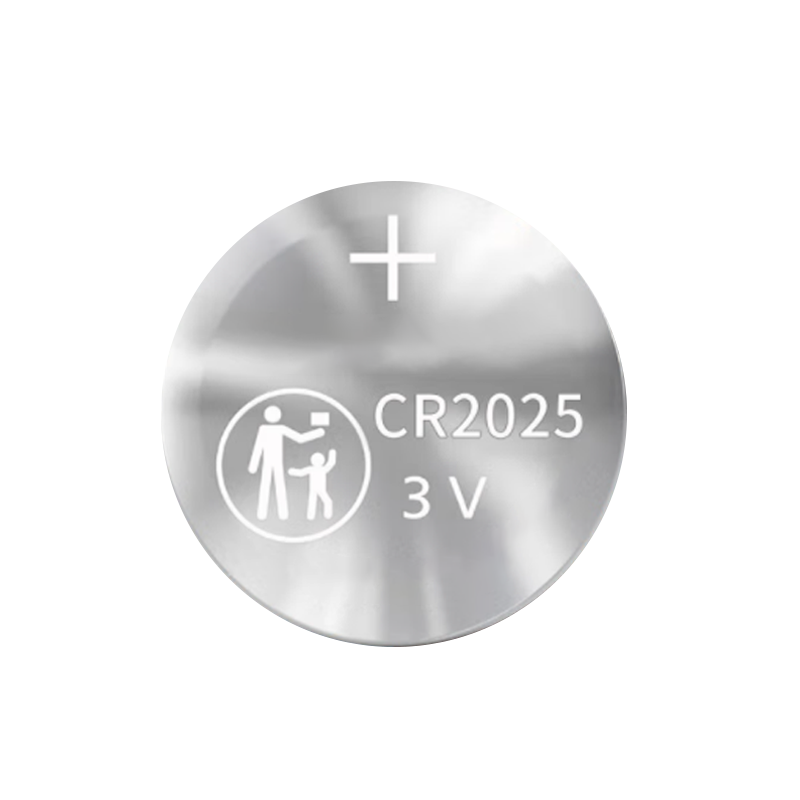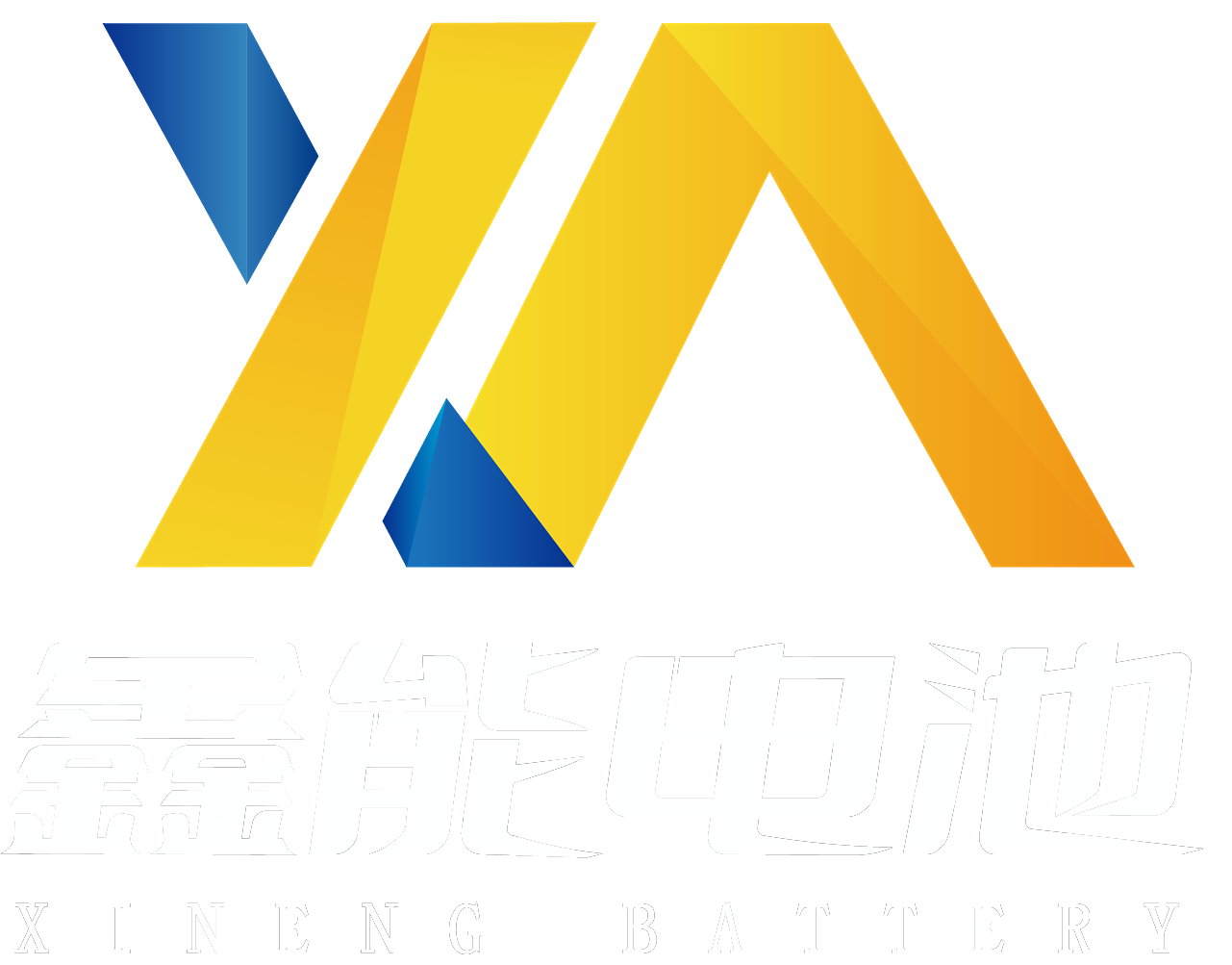A button cell, also known as a button cell, refers to a battery with a size similar to a small button. Generally speaking, it has a larger diameter and thinner thickness (compared to cylindrical batteries such as No. 5 AA batteries on the market). Button cells are classified based on their appearance, and the corresponding battery categories are cylindrical batteries, square batteries, and special-shaped batteries.
Button batteries are widely used in various micro electronic products due to their small size, with diameters ranging from 4.8mm to 30mm and thicknesses ranging from 1.0mm to 7.7mm; Generally used as a backup power supply for various electronic products, such as computer motherboards, electronic watches, electronic dictionaries, electronic scales, remote controls, electric toys, pacemakers, electronic hearing aids, counters, cameras, etc.
Button batteries are also divided into two categories: chemical batteries and physical batteries, with chemical batteries being the most commonly used. They are composed of an anode (positive electrode), a cathode (negative electrode), and their electrolyte. Its exterior is made of stainless steel material and serves as the positive electrode. The negative electrode is a circular cover made of stainless steel, and there is a sealing ring insulation between the positive and negative electrodes. The sealing ring is made of nylon, which not only serves as insulation but also prevents electrolyte leakage. There are many types of button batteries, most of which are named after the materials used, such as silver oxide batteries, lithium batteries, alkaline manganese batteries, etc.
Common button batteries have the following chemical compositions: carbon based, alkaline, zinc silver oxide, zinc air, lithium manganese dioxide, nickel cadmium rechargeable button batteries, nickel hydrogen rechargeable button batteries, etc. If we follow the appearance, there will be a distinction between single cells and stacked layers. Specifically, carbon button batteries are the most common and cheapest, while alkaline ones are more expensive but have better discharge effects. Both of these voltages are 1.5V, ranging from alkaline AG1 to AG13, with nominal capacities ranging from approximately 15mAh to 140mAh. Suitable for microampere discharge requirements. Commonly used in calculators, electronic toys, hearing aids, lighters, watches, and more.


Zinc silver oxide button batteries are considered one of the best among button batteries. Voltage 1.55V, capacity higher than carbon, alkaline button battery, high-order discharge curve stable, about 90% of the part always stable above 1.45V, discharge curve almost in a straight line, then quickly power off, voltage drops vertically. The main uses are: calculators, hearing aids, cameras, watches, etc.
In addition to being able to be powered by individual batteries, button batteries have also developed high voltage batteries due to their small size - that is, multiple button batteries are stacked. Common and typical models include:
6F22 (9V) 4F22 (6V), 15F20 (22.5V), 10A (9V), 11A (6V), 23A (12V), 25A (9V), 26A (6V), 27A (12), 476A (6V), 120H7D (8.4V), 2X625A (3V), and so on. Due to the use of button batteries, the combined battery pack is very compact, but the discharge intensity is not high. It is mostly used in small motors and DC power sources for small radio transmissions. It should be noted that due to the fact that high voltage stacked batteries are mostly produced in combination with ordinary carbon batteries, they are generally not easy to store for a long time. When purchasing, attention should be paid to the production date and products produced within a year should be used as much as possible. Button batteries, due to their low cost, usually contain harmful substances and pose significant environmental hazards. This type of battery requires effective recycling and should not be discarded casually.
Post time: 2023-12-28 17:22:28










